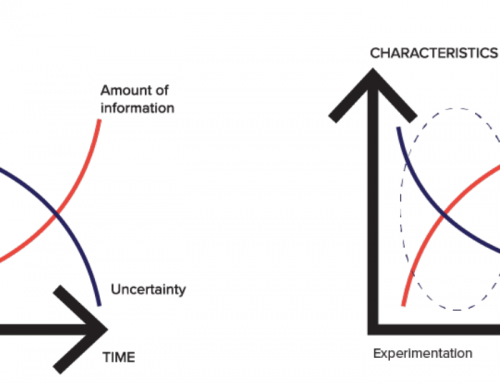The concept of money has evolved over centuries. Concurrently with this evolution, society’s psychological and social relationship to money has evolved from the original “philosophy of money.” Little did we know how things would change.
Bartering is the exchange of items of perceived similar value, which was the main method of transacting before the progression to the use of currency.
The use of metal coins had intrinsic and symbolic value to the person using it. This abstraction of value followed the development of inventions by the human race. An important leap in society’s understanding of money came as it shifted from having intrinsic value to becoming solely a symbol of value. This development relied on mutual trust, because the acceptance of money as a representative of value has to have “buy in” for it to be effective. Much more recently, money has evolved from being a physical element to a digital one, bringing changes to humans’ relationship to it.
We stopped trusting other people and designed centrally controlled systems to switch and clear money as it moved from one person to another. Our behaviors changed as we realized that the ease of exchanging value via money needed a form of validation. Blockchain and cryptocurrencies use peer-to-peer methods and often simplify this process of tracking and validating transactions. The data trail left behind includes evidence of human behavior.
Theories of “the philosophy of money” attempt to explain money’s role in society and have changed as the concept of money has altered. Modern theoretical approaches seek to understand humans’ relationship to money in a digital milieu. This informs modern commerce and banking, and underpins how companies attempt to analyze the behavior of their clients and implement practical applications. However, this leaves a gap in understanding as many organizations have not developed algorithms to deal with the changing view of money.
For companies such as ecosystem.Ai, which work in the field of Computational Social Science, the focus is on extracting human behavior from regulated transactional data and determining the financial wellbeing of the human in his or her setting. This assists transaction-focused institutions, such as financial institutions, to understand the behavior that humans display during cycles of financial change. If this is understood, companies are able to answer critical questions about their clients and thus service them better.
Despite the fact that money in the modern world looks vastly different to that used centuries ago, the concept of the “exchange of value” has not changed in a transactional relationship. One-hundred years ago, two individuals might have weighed different items in order to obtain an equal exchange of value. The same happens today, but a key difference is that the exchange of value today leaves evidence in the form of data. The digital era also removes obstacles to spending and receiving money — again facilitating the creation of a data trail.
This abundance of transactional data underpins Computational Social Science’s ability to carry out its role and understand financial behavior. Previously, social scientists had to be immersed in the subject’s world and were typically accurate but never precise. The digital economy means that Computational Social Scientists are able to interrogate data provided by clients. The use of algorithms and hypotheses of wellbeing are often based on the philosophy of money. This provides more accurate and precise findings, with the purpose of providing consumers with more effective and better-priced services.
- Jay van Zyl




